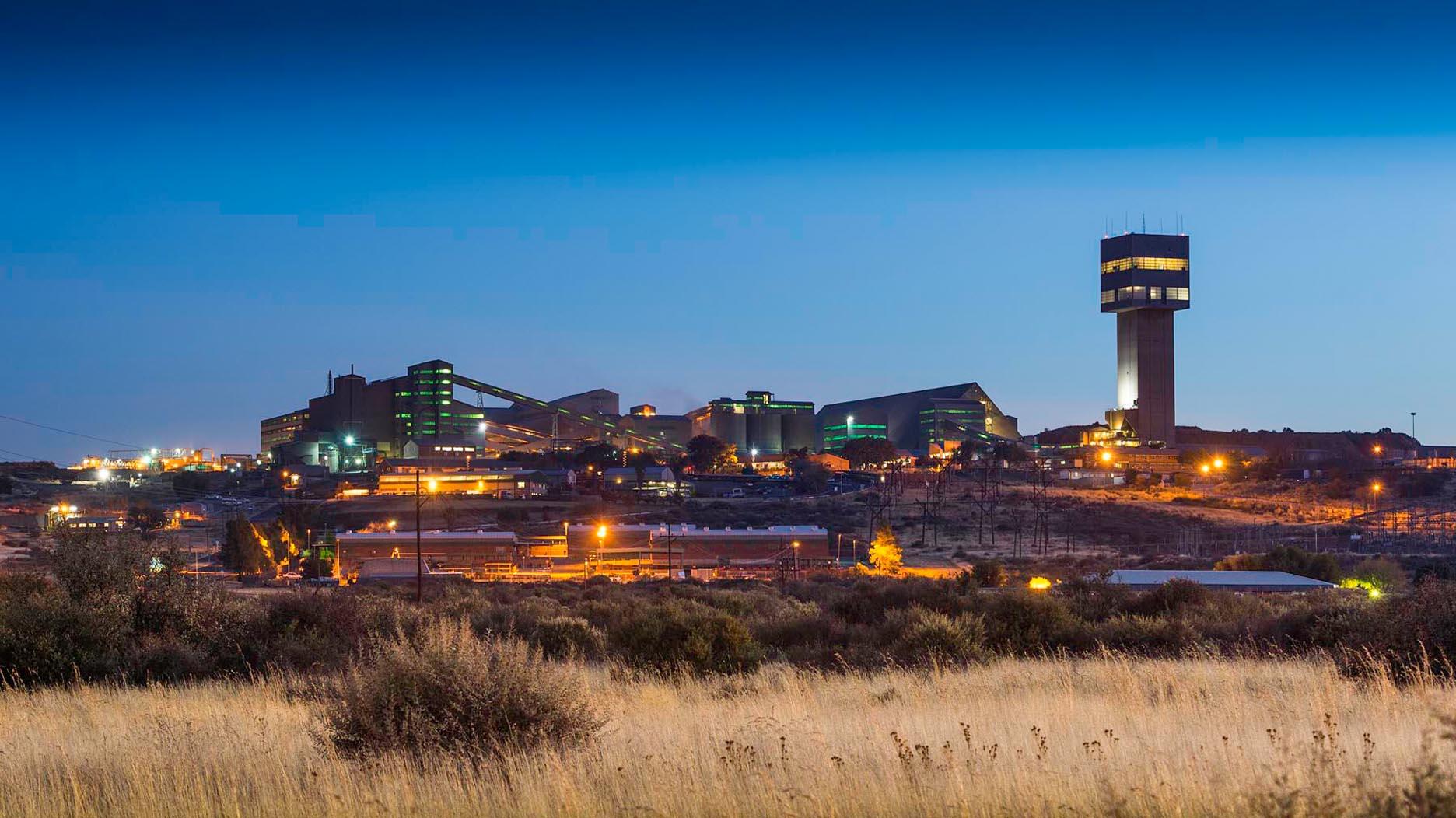The new pink sapphire version of the piece dances with its wearer in the brand’s “Icons After Dark” holiday campaign.
Signet’s Plan for Tracing its Diamond Sourcing
The world’s largest retailer of diamond jewelry has launched an ambitious initiative that, over time, aims to assure that the millions of diamonds it buys every year come from identified sources.

New York--Signet Jewelers Ltd. has launched an ambitious initiative that, over time, aims to assure that the millions of diamonds it buys every year come from identified sources.
Announced at press conference held Tuesday at Jewelers of America’s headquarters in New York, the Signet Responsible Sourcing Protocol for Diamonds builds on existing diamond industry standards including the Kimberley Process, the U.N. Guiding Principles on Business and Human Rights, and the OECD’s Due Diligence Guidance for Responsible Supply Chains to have the retailer’s diamond suppliers map their supply chains more thoroughly than ever.
It’s an initiative that, at its root, addresses the U.S. government’s desire to ensure that consumer goods sold here aren’t tied to human rights abuses, the banking sector’s concerns with transparency in the diamond industry and the younger generations’ desire to know the origin of the products they buy.
“Today’s millennial expectations are very high,” David Bouffard, Signet’s vice president of corporate affairs, said in opening the press conference. “They want to know where the products came from, they want to know who’s made them, they want to understand the journey that the product’s taken as they make a considered purchase like a diamond engagement ring or any piece of diamond jewelry.”
In the protocol’s first year, 2016, the retailer is asking its diamond suppliers to work toward compliance by demonstrating that they are examining their supply chain and determining what proportion of their supply comes from “responsible sources,” Bouffard said.
Signet also expects all its diamond suppliers to join the Responsible Jewellery Council “at the earliest opportunity.”
This initial due diligence will, in turn, tell Signet what percentage of its diamond supply currently is traceable back to the industry’s known diamond producers, De Beers, Alrosa, Rio Tinto and Dominion Diamond, providing it a baseline from which it can map its progress.
By September of this year, Signet expects its suppliers to start classifying all the diamonds they provide to the retailer into one of four categories.
1) Single stone tracking. Individual diamonds supplied by or sourced from “identified and verified” diamond producers such as De Beers, Alrosa, Rio Tinto or Dominion, which mines diamonds in Canada.
2) Parcel tracking. Parcels of diamonds from sources such as those listed above that were not individually tracked but verified to have derived from these producers.
3) Mixed sources. This category allows for the mixing of diamonds deriving from a number
4) Other identified and verified sources. This category applies to diamonds that derive from a producer country or particular mine, originally sourced from companies other than De Beers, Alrosa, Rio Tinto or Dominion. This category includes diamonds mined by artisans.
In 2017, the second year of the protocol, supply chain audits likely will begin.
Bouffard said during the press conference that because Signet is conscious of potential “audit fatigue” among suppliers, it harmonized its audits with those already required by the RJC and De Beers’s Best Practice Principles, or BPP, so they all can be done at the same time.
Tuesday’s announcement raised a number of questions about the implementation of such a system; chief among them were the feasibility of sources reliably reporting the origin of their diamonds and the potential impact the protocol could have on smaller suppliers, particularly in a market where the midstream players already are struggling to remain profitable.
The one manufacturer present at the press conference, Michael Steinmetz of Leo Schachter Diamonds, said while he doesn’t dispute that the fact that there are going to be extra costs involved in implementing the protocol, they haven’t turned out to be significant for his company, although he added that he “can’t speak for those small manufacturers who can’t tell you where their goods are from.”
The speakers at Tuesday’s press conference also reiterated several times that the protocol is a work in progress.
“We don’t pretend that this is the perfect approach,” said John Hall, who worked as a consultant for Signet on the project. “We know it can be improved.”
This is the third sourcing protocol established by Signet.
The other two--for gold and for the “three Ts,” tin, tantalum and tungsten--were established after the federal government passed the Dodd Frank Act and its so-called conflict minerals provision in 2010.
The provision required that all publicly traded companies essentially map their gold supply chains and report to the Securities and Exchange Commission if any of the minerals they use originated in the Democratic Republic of the Congo or one of nine neighboring countries.
Bouffard said Signet did not lose a single supplier in implementing its sourcing protocol for gold.
When asked if he expects the same for diamonds, he said, “We intend to do everything we can (to keep them all) but we’ve got to understand the supply chain better.”
Signet’s entire Responsible Sourcing Protocol for Diamonds is available on SignetJewelers.com. The retailer said all companies involved in the diamond industry are free to adopt the protocol and apply it to their supply chains.
The Latest

A choice that’s generated a lot of commentary, Pantone says “Cloud Dancer” marks a fresh start and encourages relaxation and creativity.

The manufacturer’s holiday campaign features a gift guide filled with trending designs and jewelry that can be personalized.

How Jewelers of America’s 20 Under 40 are leading to ensure a brighter future for the jewelry industry.

The man was charged with theft, accused of ingesting the necklace while in a jewelry store in Auckland, New Zealand.


The Florida independent expanded its store from 8,000 to 14,000 square feet, fulfilling the vision of its late co-founder, Jim Dunn.

Sponsored by De Beers Group

Roseco’s 704-page catalog showcases new lab-grown diamonds, findings, tools & more—available in print or interactive digital editions.

The classic 5600 series G-Shock has been scaled down to about a tenth of its size, becoming a fully functioning watch ring.

The association’s annual conference and gala will take place Feb. 4, 2026, during the Tucson gem shows.

The January show will include a workshop for jewelry retailers on implementing AI to strengthen their businesses.
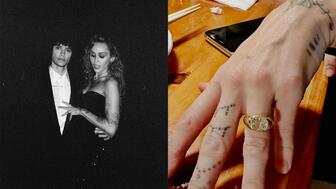
Fellow musician Maxx Morando proposed to the star with a chunky, cushion-cut diamond ring designed by Jacquie Aiche.
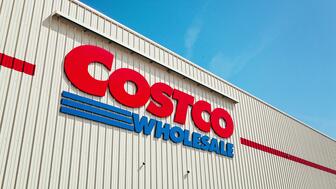
The retailer, which sells billions in fine jewelry and watches, is suing the Trump administration and U.S. Customs and Border Patrol.

Black Friday is still the most popular shopping day over the five-day holiday weekend, as per the National Retail Federation’s survey.
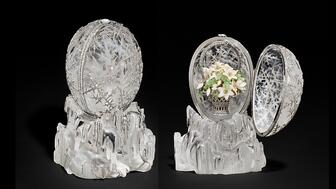
The historic egg, crafted for Russia's ruling family prior to the revolution, was the star of Christie’s recent auction of works by Fabergé.

The retailer offered more fashion jewelry priced under $1,000, including lab-grown diamond and men’s jewelry.

The eau de parfum is held in a fluted glass bottle that mirrors the decor of the brand’s atelier, and its cap is a nod to its “Sloan” ring.

In addition, a slate of new officers and trustees were appointed to the board.
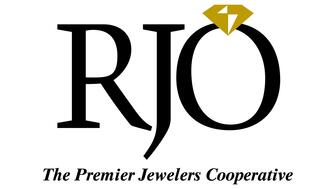
Witt’s Jewelry in Wayne, Nebraska, is the organization’s new milestone member.
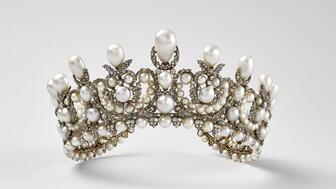
The man, who has a criminal history, is suspected of being the fourth member of the four-man crew that carried out the heist.
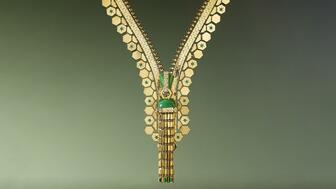
The single-owner collection includes one of the largest offerings of Verdura jewels ever to appear at auction, said Christie’s.
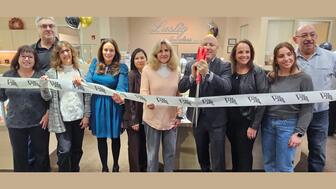
Michael Helfer has taken the reins, bringing together two historic Chicago jewelry names.
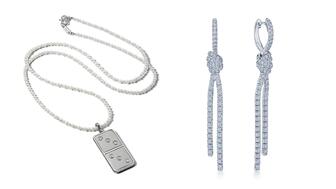
The guide features all-new platinum designs for the holiday season by brands like Harwell Godfrey, Ritani, and Suna.

During its Q3 call, CEO Efraim Grinberg discussed the deal to lower tariffs on Swiss-made watches, watch market trends, and more.
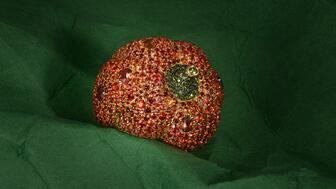
Rosior’s high jewelry cocktail ring with orange sapphires and green diamonds is the perfect Thanksgiving accessory.

The “Embrace Your True Colors” campaign features jewels with a vibrant color palette and poetry by Grammy-nominated artist Aja Monet.

Luxury veteran Alejandro Cuellar has stepped into the role at the Italian fine jewelry brand.











